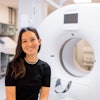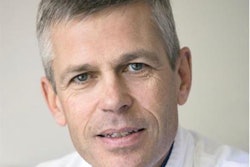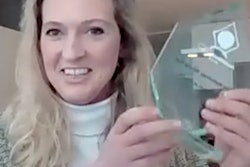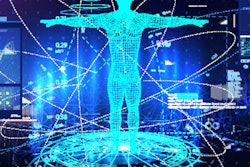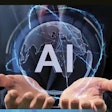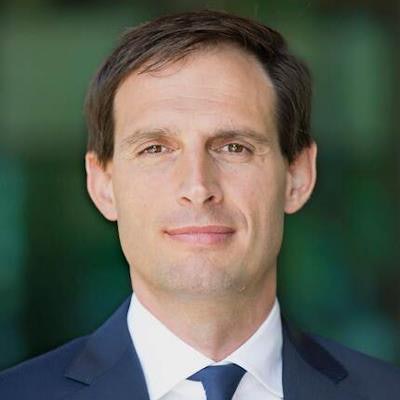
A lively discussion is underway in the Netherlands after a senior politician, Finance Minister Wopke Hoekstra, made controversial comments about how artificial intelligence (AI) is going to replace radiologists. The Dutch Society of Radiology, the NVvR, made public its response on the matter on 12 October and has requested a meeting with Hoekstra.
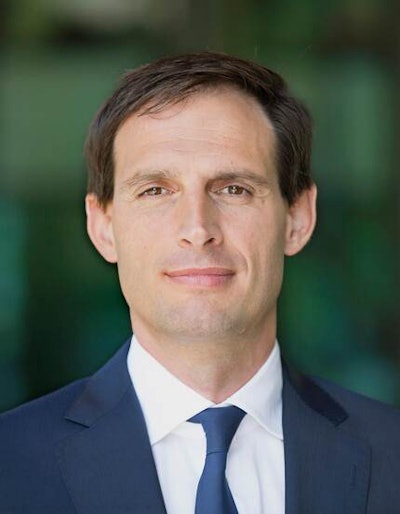 Finance Minister Wopke Hoekstra. Photo by Arenda Oomen, courtesy of government.nl
Finance Minister Wopke Hoekstra. Photo by Arenda Oomen, courtesy of government.nl"The work of the radiologist to a significant extent has become redundant, because ... a machine can read the images better than humans who studied 10 years for it," said Hoekstra, who also noted that the same changes were occurring with supermarket checkout staff.
His comments have particularly angered radiologists because he referred to radiologists as "mensen," or humans, instead of physicians or medical specialists. Most Dutch radiologists completed six years of medical school, five years of radiology residency, and a fellowship or period of learning on the job, so even the reference to 10 years is not accurate, according to one source.
NVvR's response
Last week, the NVvR board invited Hoekstra by means of a personal letter to a discussion about radiology and its "tradition of groundbreaking innovations." The board says it is keen to discuss how radiologists "can further contribute to keeping healthcare affordable and even more effective in the future."
The society's president, Prof. Mathias Prokop, PhD, told AuntMinnieEurope.com on 12 October that the NVvR had not yet received a reply, but he provided a translation of the main extracts from the letter sent to the minister.
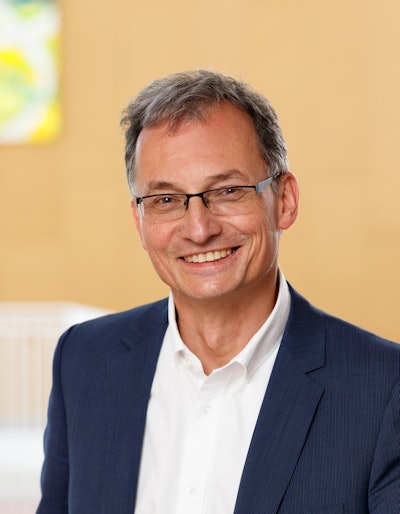 Prof. Mathias Prokop, PhD.
Prof. Mathias Prokop, PhD."The demand for imaging techniques has skyrocketed over the past 20 years without the number of radiologists increasing to the same extent," stated the letter. "The latest wave of innovations does indeed relate to AI, which will eventually help us automate many tasks and make healthcare even more effective."
In the field of AI in radiology, the Netherlands is one of the leading nations, with strong academic groups and an increasing number of startup companies, the NVvR continued. However, developments in the field of AI are "stagnating because the availability of data for training of these systems is being hampered by current laws and regulations and fragmentation across different hospitals and data systems."
"We (radiologists) see ourselves in a pioneering role in the introduction of AI in medicine," the letter read. "Our vision is to deploy AI in such a way that healthcare will ultimately still be affordable in 2040 and that we can handle the greatly increased demand with the same number of people working in healthcare."
Reaction from AI community
Other AI experts have also expressed their disapproval of Hoekstra's speech.
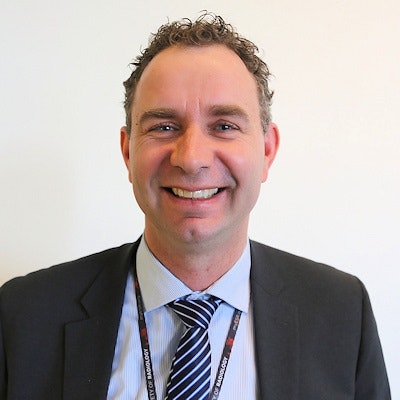 Wiro Niessen, PhD.
Wiro Niessen, PhD."If you try to relate the information in a medical image to other types of information to come to a diagnosis or prognosis, then the current state of AI is not near to where you can replace a radiologist,” Wiro Niessen, PhD, professor of biomedical image analysis at Erasmus MC, University Medical Center Rotterdam and Delft University of Technology, told AuntMinnieEurope.com.
"To replace a radiologist would almost mean that you would have autonomous AI -- in other words, AI that could take decisions for itself -- and this capability is not expected for some considerable time," he said.
He suspects the minister merely made his comments "in passing" and as a general statement about the potential of AI.
"Radiology is a thriving field, and we are very much in need of well-trained radiologists for quite some time to come," Niessen said. "It's wrong to always talk about AI as man versus machine, as if AI is just there to replace us. It's more interesting and relevant to address the question how you can use AI to perform your job better, and it's the same in many fields where we use all kinds of technologies in order to build better bridges, more beautiful buildings, and also to improve the field of medicine."
AI support means that radiologists can spend less time on routine tasks, and the ability to learn what diagnostic and prognostic information is contained in images will increase, which in turn will lead to further development of the field, according to Niessen. He is convinced that AI is a powerful tool for radiologists, but that AI and human intelligence are very complimentary.
Radiologists must be smart
"AI will not replace radiologists, it will assist them," agreed Dr. Erik Ranschaert, PhD, president of the European Society of Medical Imaging Informatics (EuSoMII). "But radiologists need to be smart enough to find the weaknesses in the current workflow, where AI could be of assistance, so that actually AI will make them more invaluable. That message needs to be clear."
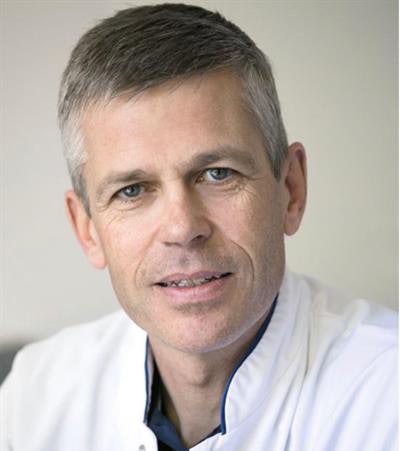 Dr. Erik Ranschaert, PhD.
Dr. Erik Ranschaert, PhD.To give AI industry a boost, more trust needs to be created among hospitals and radiologists so that they start using the tool.
"We radiologists need to prove the value of AI in quality, efficiency, and cost-effectiveness.
But to make that step some proof is needed to create trust, and that will help radiologists in making that step," Ranschaert said. "They should not wait too long before doing this, otherwise the outsiders (managers, insurance companies, etc.) will push them."
Radiologists need to be proactive and embrace the AI tools, he added. Cost reductions should be looked for, which is necessary for creating a valid business case demonstrating the return on investment, but we have to start with identifying the most relevant uses cases for AI so that we radiologists can increase the value of our work and role, as well as make radiology services more easily accessible (24/7).
"We should not wait until others (insurance companies) force hospitals to use such tools based upon cost savings solely, which is unlikely to happen without any scientific evidence that AI is able to work on its own," noted Ranschaert.
AI makes mistakes
Dr. Paul Algra, PhD, a neuroradiologist at Northwest Hospital Group in Alkmaar, finds AI to be a great help in his daily clinical work, but no more than that.
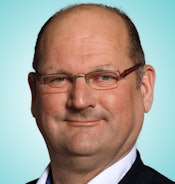 Dr. Paul Algra, PhD.
Dr. Paul Algra, PhD."AI will still make mistakes, which can be easily corrected by a human, by a radiologist. But will not be possible for AI to correct itself," he said. "In mammography and breast screening, you still have to have a human in the loop. AI is still in a stage that has to be controlled, and it has to be checked and evaluated by humans."
Algra recognizes that AI will improve and it will change the jobs of both radiologists and technicians, and it will be a very valuable tool.
"Using a commercial AI cancer detector to triage mammograms into 'no radiologist assessment' and 'enhanced assessment' could potentially reduce radiologist workload by more than half, and preemptively detect a substantial proportion of cancers otherwise diagnosed later," he said. "I understand that more trust from the users will be a good thing in the acceptance of AI. However, insurance companies will primarily focus on cost containment, or preferably, cost reduction.
Radiologists have to prove that AI increases quality and at the same time can save money, according to Algra.
Need for collaboration
Niessen agrees that collaboration is the way forward.
"All the steps we are taking to train AI algorithms are led by humans," he said. "We control the question we get AI to ask, we collect the data to address the question and overcome various hurdles. And then, once everything is organized, we will have very powerful machine-learning algorithms at our disposal."
It's important not to search for where AI can replace, but where AI can assist and help the radiologist, according to Niessen.
"Data driven medicine will support a shift from being reactive towards being proactive," he concluded.
